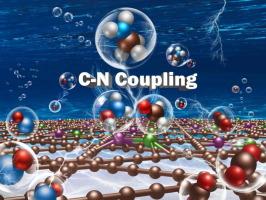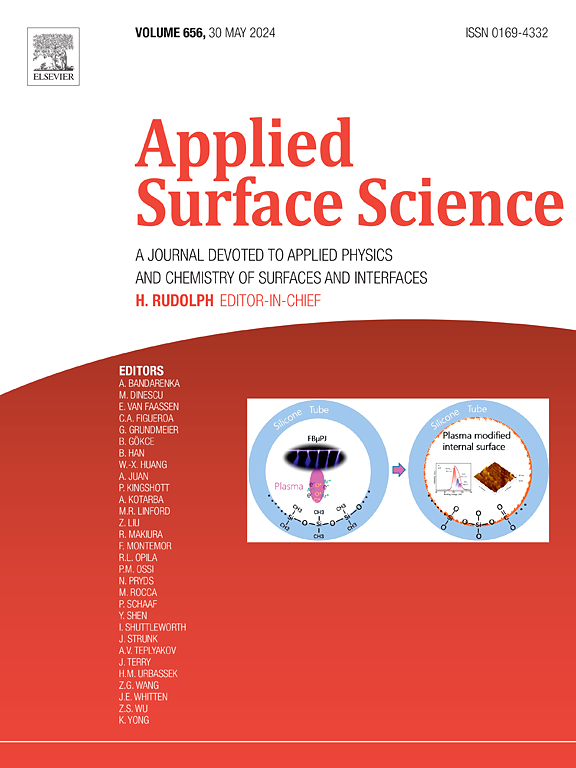Electrocatalytic C–N coupling on hybrid double-atom catalysts for methylamine synthesis from CO2 and NO
IF 6.3
2区 材料科学
Q2 CHEMISTRY, PHYSICAL
引用次数: 0
Abstract
Electrochemical synthesis using carbon dioxide (CO2) and nitric oxide (NO) offers a sustainable method for producing valuable chemicals like methylamine, yet the combined process remains underexplored, particularly in catalyst design for effective C–N coupling. Here, we present a γ-graphdiyne (GDY) −supported CuCo hybrid double atom catalyst (CuCo@GDY), designed and evaluated for the electrochemical synthesis of methylamine from CO2 and NO by density functional theory (DFT) and ab initio molecular dynamics (AIMD) calculations. CuCo@GDY demonstrates exceptional stability and catalytic activity, with synergistic Cu and Co sites that efficiently adsorb and activate NO and CO2. A new mechanism for methylamine synthesis is proposed on CuCo@GDY, emphasizing the critical role of *CH2O and *NH2OH intermediates in enabling effective C–N coupling. The methylamine formation exhibits low thermodynamic barriers of 0.75 eV and dynamic barriers of 1.10 eV on CuCo@GDY. It also effectively suppresses the hydrogen evolution reaction (HER) and other side reactions, enhancing methylamine selectivity. Its combination of single-atom and hybrid double-atom effects significantly enhances hydrogenation and C–N bond formation, leading to high selectivity and catalytic activity for methylamine production. Our findings provide a scalable approach for sustainable methylamine production, offering new insights into hybrid double atom catalyst design and advancing electrocatalytic C–N coupling with broad environmental and energy implications.

求助全文
约1分钟内获得全文
求助全文
来源期刊

Applied Surface Science
工程技术-材料科学:膜
CiteScore
12.50
自引率
7.50%
发文量
3393
审稿时长
67 days
期刊介绍:
Applied Surface Science covers topics contributing to a better understanding of surfaces, interfaces, nanostructures and their applications. The journal is concerned with scientific research on the atomic and molecular level of material properties determined with specific surface analytical techniques and/or computational methods, as well as the processing of such structures.
 求助内容:
求助内容: 应助结果提醒方式:
应助结果提醒方式:


